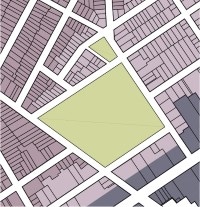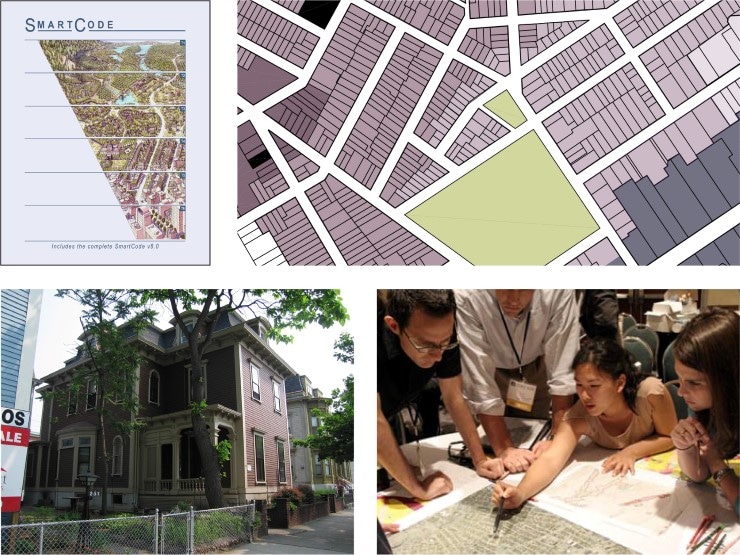
Client:
|
WEST PROVIDENCE SMART CODE CALIBRATION |
| Providence, Rhode Island | |
|
In May of 2006 the Congress for the New Urbanism (CNU) sponsored a local calibration of the Smart Code1 for the neighborhood’s lining Cranston Avenue on Providence’s west side. Undertaken as part of the CNU Congress XIV, the process brought together over 25 planners from around the world for a two-day session to determine how the Smart Codes’ theoretical metrics could be tailored to meet the unique needs of several slowly revitalizing inner-city neighborhoods. Participating in the effort as a representative from Georgia, was TSW’s Caleb Racicot. During this multi-day process, Mr. Racicot worked with area residents, Providence planning officials, and other planners to first visit and inventory the west Providence neighborhoods to determine their defining unique features, including building disposition, building setbacks, sidewalk widths, street widths, building height, and building use. The inventory also included a review of existing zoning designations within the study area. Providence has permitted mixed-use infill development for many years; it has also allowed many of the uses found the study area. Unfortunately, the existing code has not resulted in new development that is keeping with the neighborhoods’ existing character, largely due to its restrictive rather than prescriptive nature. Following the inventory, Mr. Racicot worked with other planners to identify transect2 zones within the study area and define their unique meanings within Providence. Zones present included T3 (Sub-urban), T4 (Urban General) and T5 (Urban Core). After defining the zones, they were geographically assigned to reflect both current conditions and desired redevelopment character. Special attention was made to avoid downzoning properties and to ensuring a smooth, linear transition between existing zoning designations and proposed transect zones. Local calibrations were then made to the Smart Code to reflect the meaning of each transect zone within Providence. |
|

